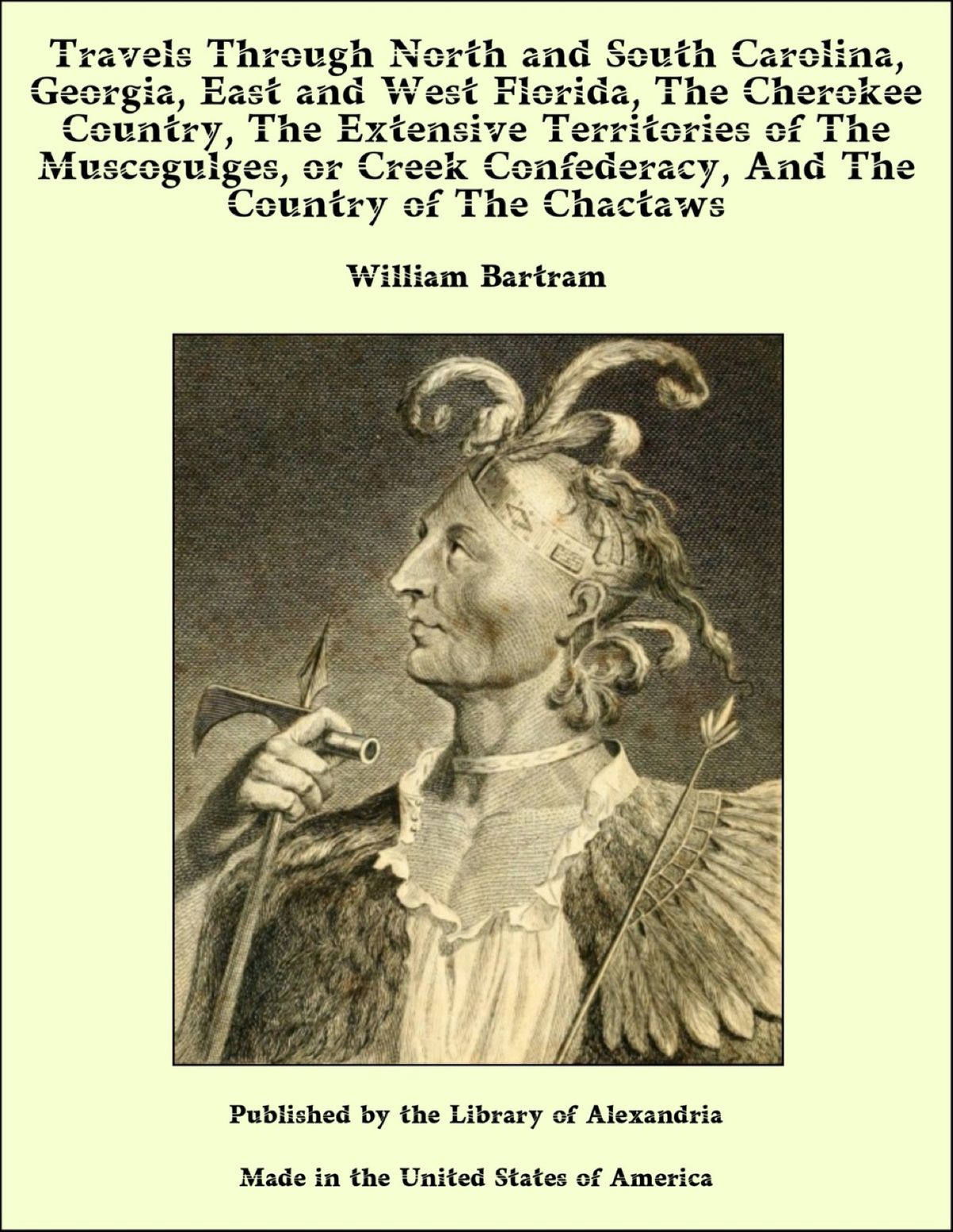
Notes
5You’d have a hard time getting far in the South without running into some trace of William Bartram. I first ran across Bartram at a historical marker on the way out of Athens. It’s a point on the Bartram trail, which I’d never heard of, but that opened the yawn chasmic rabbit hole that is William Bartram’s travels. He was perhaps the most widely traveled man in early american history. Or at least the most widely traveled man who also recorded his travels. From history’s point of view, if you didn’t record it, it didn’t happen. Bartram recorded, and recorded very well. He’s most noted as a naturalist, especially botanist, but his writing skills were excellent as well. The only other thing I’ve read from this period that’s anywhere near as entertaining as Bartram is William Dampier.
If find it interesting that this book is sold today as Travels Through North and South Carolina, when in fact the full title of the book is Travels through North & South Carolina, Georgia, east & west Florida, the Cherokee country, the extensive territories of the Muscogulges or Creek Confederacy, and the country of the Chactaws : containing an account of the soil and natural productions of those regions, together with observations on the manners of the Indians. That’s a mouthful, as most titles were in those days, but it gets at something that seems to have been lost among Bartram’s fame as a naturalist and explorer: he not only acknowledges, but spends extensive time with, the indigenous people of the regions he’s in. He clearly has a lot of respect for them, and spends considerably more time with them than anyone else I have read in this period (except perhaps Dampier who is likewise interested in the indigenous people he encounters).
Which is to say this is well worth reading for at least half a dozen reasons. The writing itself is said to have inspired Wordsworth and Coleridge, which makes sense, there are plenty of passages that reminded me of Wordsworth in particular, though Bartram is writing many years before the Romantics come together.
It was drawing on towards the close of day, the skies serene and calm, the air temperately cool, and gentle zephyrs breathing through the fragrant pines; the prospect around enchantingly varied and beautiful; endless green savannas, checquered with coppices of fragrant shrubs, filled the air with the richest perfume. The gaily attired plants which enamelled the green had begun to imbibe the pearly dew of evening; nature seemed silent, and nothing appeared to ruffle the happy moments of evening contemplation….
There are plenty of stretches that are much drier, and Bartram assumes a working knowledge of biology, giving primarily Latin names of plants and animals, many of which are no longer current (good modern editions have footnotes with the modern Latin names), but this remains probably the best, most readable account of wild America that I’ve come across.